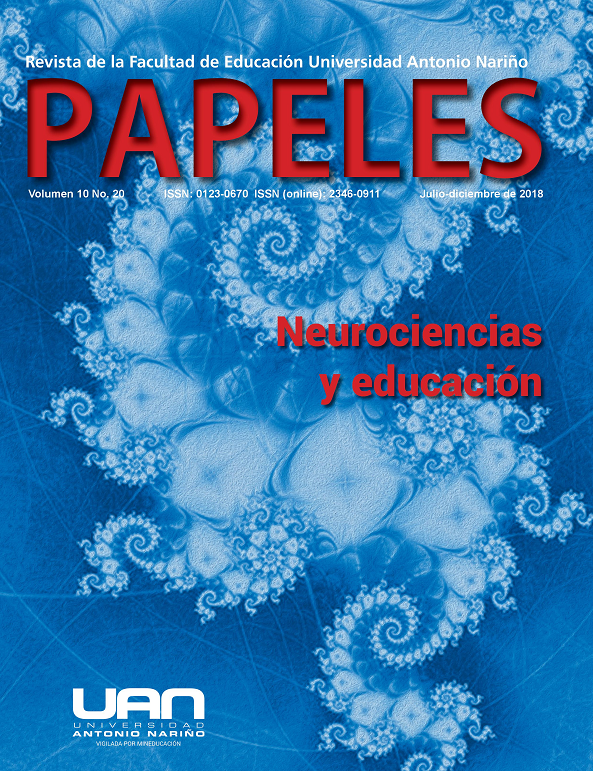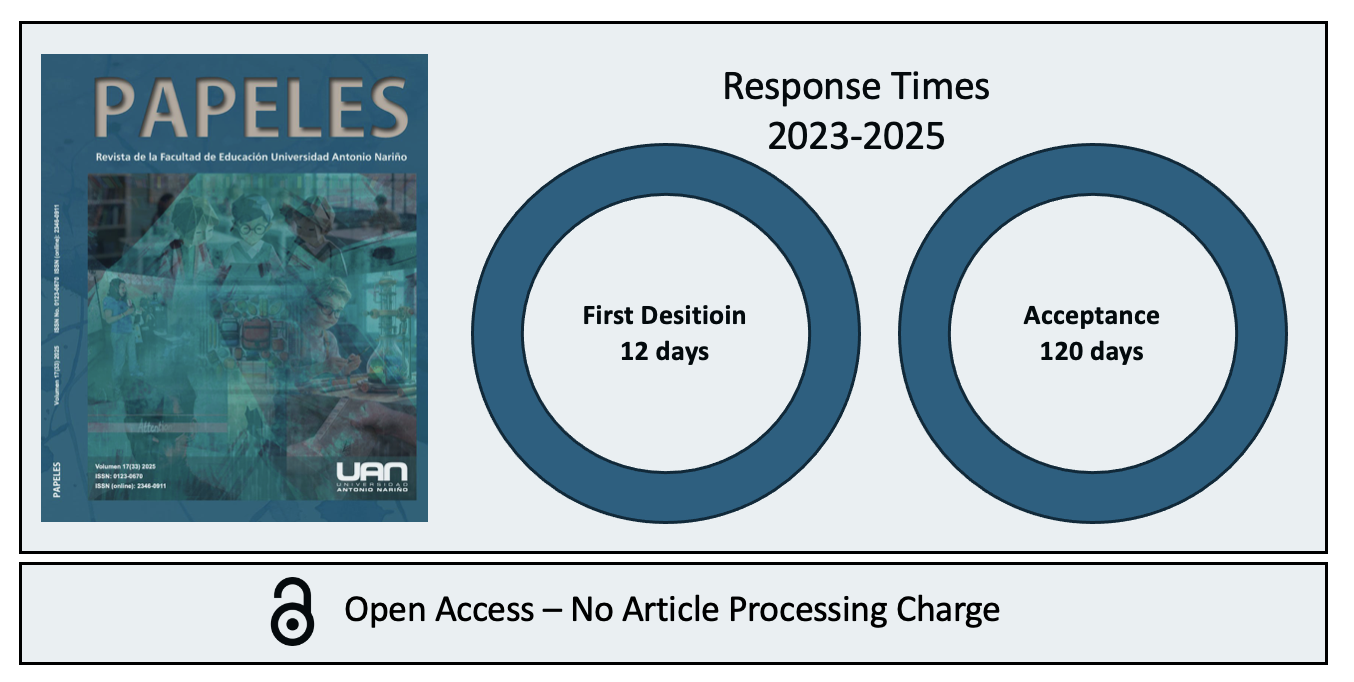Contrast of Youth Labor Supply and Demand in the Periods before and after the Economic Opening in Colombia
DOI:
https://doi.org/10.54104/papeles.v10n20.544Keywords:
youth labor demand, youth labor offer, unemployment, job, absortion of the professional marketAbstract
This paper seeks to stablish the main changes between the periods before and after the economic opening of Colombia, with respect to youth demand and youth supply, through an exploratory-descriptive analysis with a longitudinal cut of three periods of
time. The source of the data begins from the findings of the work of Ocampo (1986) based on the Encuesta Nacional de Hogares and a new elaboration of data analysis of the same survey, in a period after the economic opening. This document also makes a brief bibliographic description where it is shown studies that arise from the concern of analyzing the same macroeconomic variables studied by Ocampo and the present document, and thanks to this a series of hypotheses are elaborated that are contrasted with the results of the survey. Among the main findings we find that after the opening, there is a greater proportion of young people in the employed population, the financial and industrial sectors employ the majority of young people, there are currently more technicians and technologists than university students in the jobs and there is a precarization of income considerably.
Downloads
References
(1) Becker, G. S. (1983). El capital humano (Alianza Ed). Madrid, España.
(2) Cacciamali, M. C., José-Silva, & María de Fátima. (2005). Empleo y seguridad Social: otra década perdida en el mercado de trabajo de América Latina. Revista Venezolana de Economía y Ciencias Sociales, 11(3), 115–125.
(3) DANE. (2007). Colombia - Gran Encuesta Integrada de Hogares - GEIH 2007. Recuperado de http://microdatos.dane.gov.co/index.php/catalog/317/get_microdata
(4) DANE. (2012). COLOMBIA - Gran Encuesta Integrada de Hogares - GEIH - 2012. Recuperado de http://microdatos.dane.gov.co/index.php/catalog/77/get_microdata
(5) DANE. (2017). COLOMBIA - Gran Encuesta Integrada de Hogares - GEIH -2017. Recuperado de http://microdatos.dane.gov.co/index.php/catalog/317/get_microdata
(6) DANE. (2019). Fuerza laboral y educación. Recuperado de https://www.dane.gov.co/index.php/estadisticas-por-tema/mercado-laboral/fuerza-laboral-y-educacion
(7) Gavotto-Nogales, O. I., & Castellanos-Pierra, L. I. (2015). Panorama profesional en México, un escenario limitado para el estudiantado universitario. Revista Educación, 39(2), 115. https://doi.org/10.15517/revedu.v39i2.19901
(8) Hedvicakova, M. (2018). Unemployment and effects of the first work experience of university graduates on their idea of a job. Applied Economics, 50(31), 3357–3363. https://doi.org/10.1080/00036846.2017.1420895
(9) Loría, E., & Segura, G. (2016). Desempleo juvenil y matrícula universitaria en México. ¿Transición al desarrollo o esquzofrenia? Elementos 101, 47–58.
(10) Lucas, R. (1988). On the mechanics of economic development. Journal of Monetary Economics, 22, 3–42.
(11) Mankiw, G. ., Romer, D. ., & Weil, D. (1990). A contribution to the empirics of economic growth Massachusetts. Cambridge NBER working papers series.
(12) Misas, G. (2002). La ruptura de los noventa, del gradualismo al colapso.
(13) Ocampo, J. A. (1986). Empleo desempleo e ingresos de la fuerza de trabajo universitaria.pdf. Recuperado de https://www.repository.fedesarrollo.org.co/bitstream/handle/11445/1409/Repor_Junio_1986_Oacmpo_esp.pdf?sequence=3&isAllowed=y
(14) Pochmann, M. (2015). Ajuste econômico e desemprego recente no Brasil metropolitano. Estudos Avancados, 29(85), 5–20. https://doi.org/DOI:10.1590/S0103-40142015008500002
(15) Romanello, M. (2018). Informalidad juvenil en Brasil: análisis de las transiciones escuela-trabajo. Apuntes: Revista de Ciencias Sociales, 45(83), 145–173. https://doi.org/10.21678/apuntes.83.920
(16) World Bank. (2018). GDP growth (Annual%).
Downloads
Published
-
Abstract371
-
PDF (Español)291
How to Cite
Issue
Section
License

This work is licensed under a Creative Commons Attribution-NonCommercial-ShareAlike 4.0 International License.





